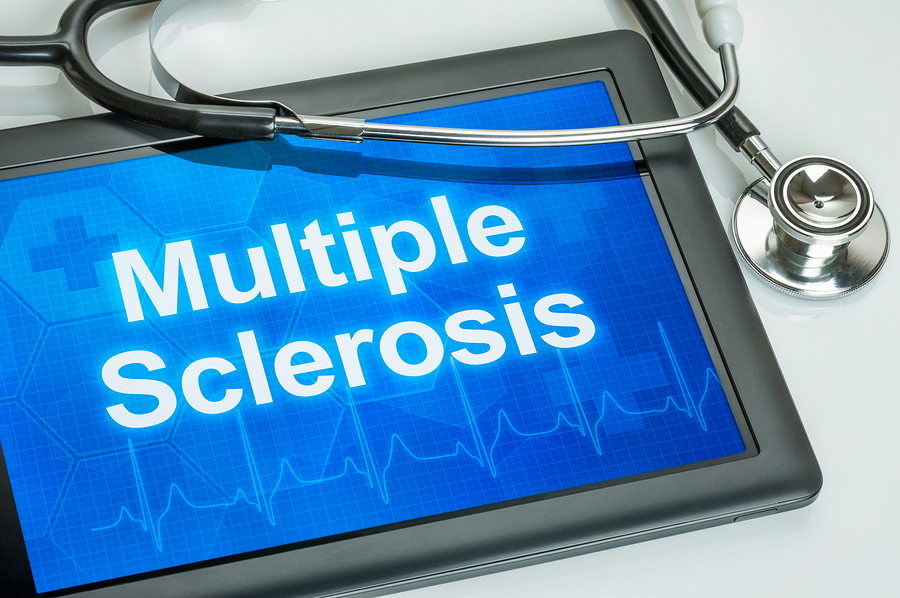Cost of MS Drugs Soars Despite Competition
/By Pat Anson, PNN Editor
The cost of multiple sclerosis drugs has soared over the past decade for Medicare patients to nearly $76,000 per patient annually, according to a new study published in JAMA Neurology.
"We're not talking about patients without health insurance here," said senior author Inmaculada Hernandez, PharmD, assistant professor of pharmacy at the University of Pittsburgh. "We're talking about insured patients, under Medicare. Still, they are paying much more for multiple sclerosis drugs than they were 10 years ago."
Hernandez and her colleagues looked at Medicare Part D claims data from 2006 to 2016 for disease modifying therapies (DMTs) that reduce the frequency and severity of multiple sclerosis (MS) flare-ups. MS is a chronic and progressive disease that attacks the body’s central nervous system, causing pain, numbness, difficulty walking, paralysis, loss of vision, and fatigue.
Some of the most widely used DMTs for treating MS are Copaxone, Tecfidera and Avonex. Although there’s a fair amount of competition between the drugs -- the FDA has approved 19 DMTs for MS – prices have risen in tandem for nearly all of them.
The annual list prices of the drugs more than quadrupled over the 2006-2016 study period, far outpacing inflation.
Not only did the researchers find steep increases in list prices -- the starting point before rebates, coupons or insurance kicks in -- but also in the ultimate costs to both Medicare and its beneficiaries.
"We wanted to see how increases in list prices translated to increases in out-of-pocket spending, and we discovered that actual price increases do get passed down to patients, and that can negatively affect access," said Hernandez.
Alvaro San-Juan-Rodriguez
When it was first introduced by Biogen in 1996, Avonex had an annual list price of about $8,700. Two decades later, Avonex costs nearly $76,000 per patient per year.
“The pharmaceutical and biotechnology industries claim that the high prices reflect the expense of research and development and need to incentivize continued innovation. These claims are never backed up with transparent data,” said Daniel Hartung, PharmD, and Dennis Bourdette, MD, in an editorial in JAMA Neurology. “These drugs have long since recouped any cost of drug development, yet their prices have continued to rise.
“What is driving this increase is uncertain. However, the simplest explanation is that pharmaceutical and biotechnology companies increase prices because they can, they do it to increase their profit margins, and there are few limits on what they can charge.”
Hartung and Bourdette say neurologists who prescribe DMTs should be more aware of their cost. A generic DMT made by Mylan, for example, sells for about $2,000 a month, compared to a branded version that sells for about $6,000.
























